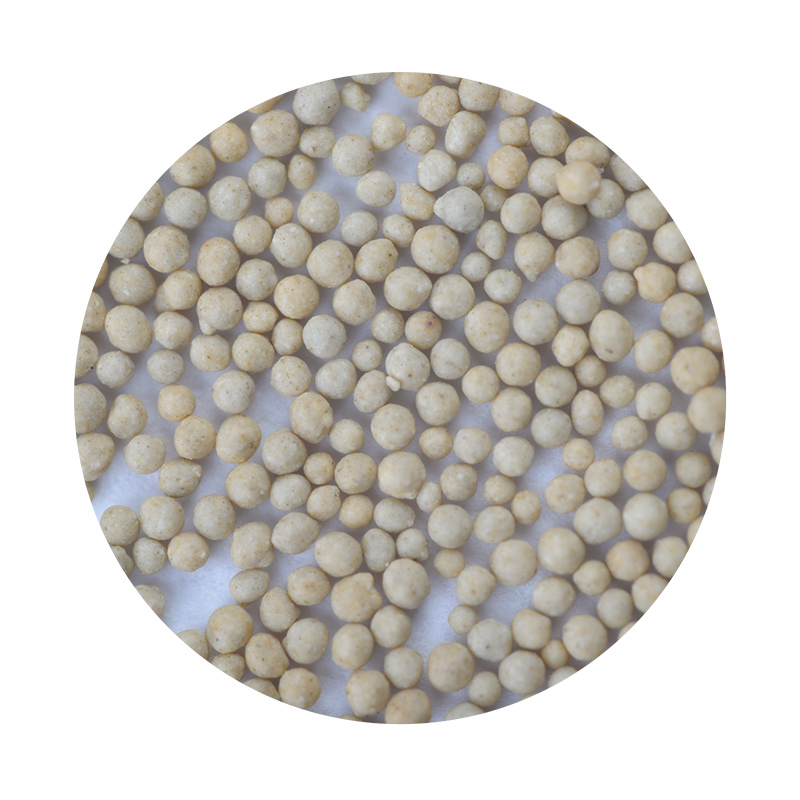Lost Foam Casting An Innovative Foundry Technique
Lost foam casting (LFC) is a modern foundry method that has gained popularity among manufacturers seeking efficiency and precision in metal casting. This technique, developed in the late 20th century, involves creating a foam pattern that is covered with a mold material. The process eliminates the need for conventional metal patterns, leading to several advantages that make it an attractive option for various industries.
Lost Foam Casting An Innovative Foundry Technique
One of the key advantages of lost foam casting is its ability to produce complex geometries that are often difficult or impossible to achieve using traditional methods. The foam pattern can be precisely crafted to match intricate designs, allowing manufacturers to produce parts with high levels of detail and minimal machining requirements. This capability not only enhances design flexibility but also reduces production costs and time.
lost foam casting foundry

During the actual casting process, molten metal is poured into the mold. As the metal fills the cavity, the heat causes the foam pattern to vaporize and escape, leaving behind an exact replica of the pattern in solid metal. This unique feature minimizes shrinkage and distortion, resulting in a higher quality final product. Additionally, the absence of cores in many cases simplifies the casting process and further reduces production time.
Lost foam casting is particularly advantageous for industries that require high-volume production of metal parts, such as automotive, aerospace, and agricultural machinery. The process allows for the efficient manufacture of components like engine blocks, exhaust manifolds, and various structural parts. Moreover, as environmental concerns intensify, lost foam casting offers a sustainable alternative by utilizing expanded polystyrene (EPS) that can be recycled.
In conclusion, lost foam casting stands out as a versatile and efficient casting technique that addresses the growing demands for high-quality metal components. With its ability to produce intricate designs, minimize waste, and reduce production times, LFC has solidified its place in the modern foundry landscape, paving the way for innovations in manufacturing processes. As industries continue to evolve, lost foam casting is poised to contribute significantly to the future of metal fabrication.
Post time:loka . 31, 2024 08:28
Next:sand casting procedure
